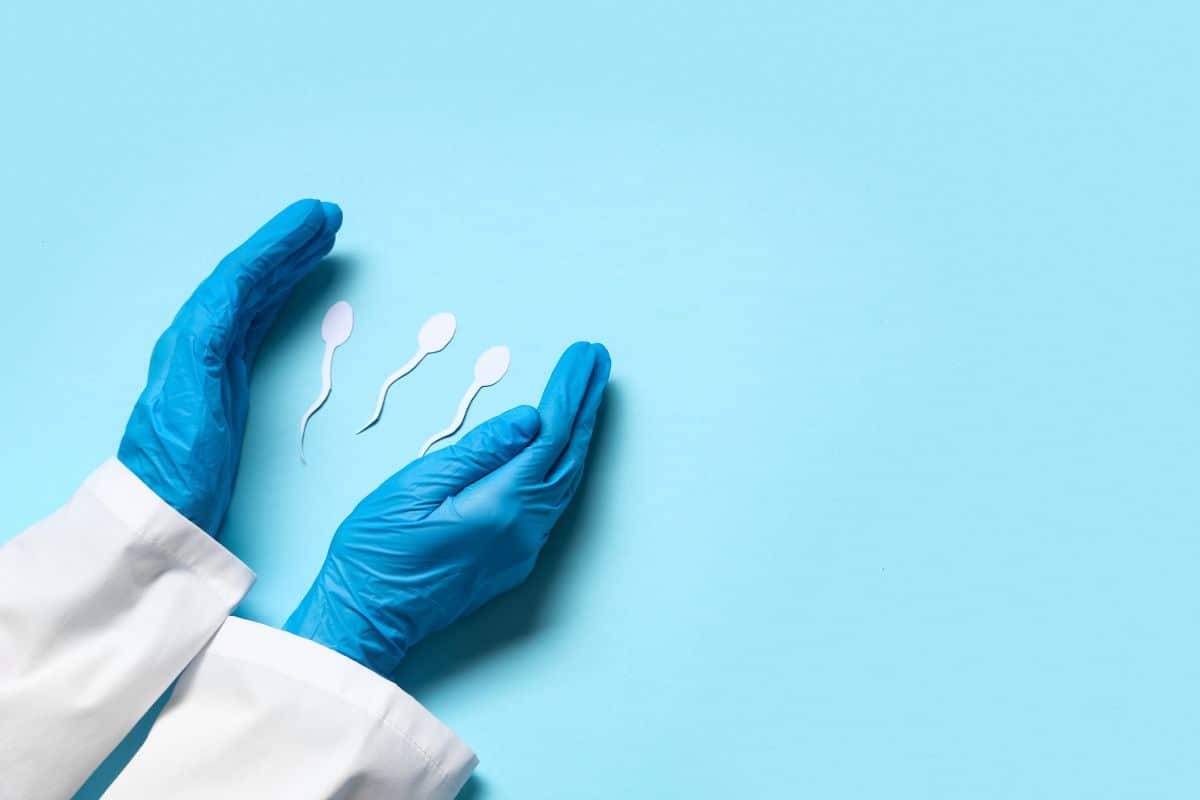Four people have died from a flesh-eating bacteria in Florida waters, according to the state’s health department.
Vibrio vulnificus is a bacterium that normally lives in warm, brackish seawater and is found in higher numbers from May to October because of higher water temperatures.
Infections from the bacteria were reported in 11 Florida counties this year, while the deaths occurred in Bay, Broward, Hillsborough and St. John’s counties. Single cases were reported in Bay, Broward, Duval, Escambia, Hillsborough, Lee, Mantatee, Santa Rosa and Walton counties; two cases were reported in St. Johns County.
There have been a total of 89 deaths caused by the bacteria in Florida since 2016. During the same time period, 2024 saw a high of 19 deaths because of the impacts of Hurricane Helene, according to the Florida Department of Health.
Most people can get vibriosis by eating raw or undercooked shellfish, particularly oysters, while others get it after an open wound comes in contact with coastal waters.
The Centers for Disease Control and Prevention estimates that 80,000 cases of vibriosis happen each year in the United States, with 52,000 cases resulting from eating contaminated food.
Common signs of an infection include fever, chills, redness, swelling and nausea, according to the CDC.
The Florida Department of Health has advised people with fresh cuts and scrapes not to enter the water. The department also said those who are immunocompromised should wear proper foot protection to prevent cuts and injury caused by rocks and shells on the beach.
If you purchase a product or register for an account through a link on our site, we may receive compensation. By using this site, you consent to our User Agreement and agree that your clicks, interactions, and personal information may be collected, recorded, and/or stored by us and social media and other third-party partners in accordance with our Privacy Policy.
Source link

